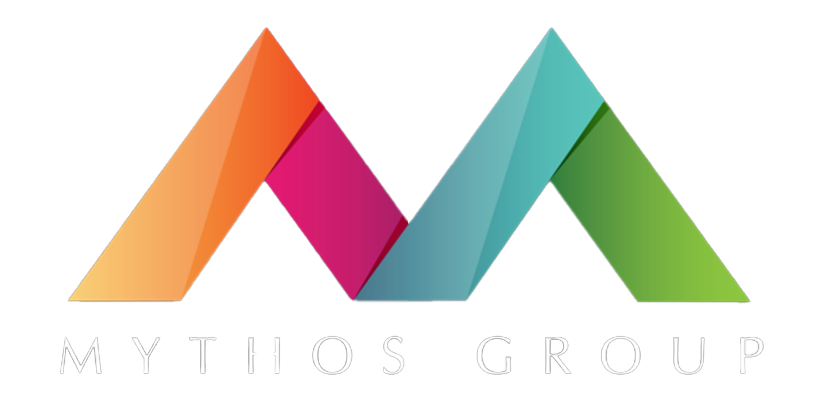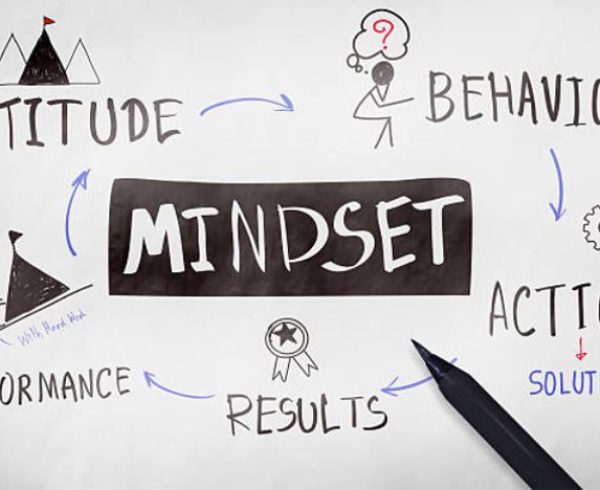Mindfulness is a lifestyle. It’s a mindset that involves staying in the present moment, being mindful of your thoughts and emotions, and accepting others without judgment.
Mindfulness is a form of meditation and gratitude that increases focus, attention span, and decision-making capabilities. Creating a culture of mindfulness in your workplace is an investment towards higher employee retention rates, positive employee wellness, and increased productivity and profit.
Being mindful is a change in mindset that takes time to develop. You can become more mindful by working these practices into your day to day.
1. Meditation Classes
You can start your mindfulness journey by partaking in meditation classes. Meditation involves guided breathing and clearing your head. It results in a sense of calm.
Google offers meditation programs for their staff. Workers who participate in meditation programs are more effective communicators, better team players, and more productive. These programs improve team effectiveness and support a culture of respect and inclusion.
2. Quiet Rooms
Having a quiet room in the office is a good option to evoke a culture of mindfulness in the workplace. A quiet room is a silent space where staff members can go to rest, recharge, and reset their minds. It allows them to be more present and calmer throughout the rest of their day. It’s also a space where deep, focused work can be done, without distractions.
Several large companies, including Salesforce,, have quiet rooms in their offices. These provide opportunities for employees to decompress and practice mindfulness. Salesforce specifically highlights the ability for quiet rooms to provide peace and a break from sensory overload.
3. Be Present
A hallmark of mindfulness is being present. Leaders should make a point to be present throughout the work day. When they are speaking to their colleagues, it’s important to engage in active listening, meaning listening with the intent to understand, rather than to respond.
To increase mindfulness in the workplace, employees should be encouraged to stay present by honoring their feelings in the moment and focusing on one task at a time.
4. Distraction Free Meetings
One simple mindfulness method that can be harnessed to increased mindfulness at work is the concept of distraction free meetings. By having a distraction-free meetings policy, workers will be more engaged, focused, and productive. This would involve having laptops closed during meetings, phones turned to silent, and pencils down.
A way to make the most of this policy would be to have a dedicated note taker. This way, everyone would be sent notes at the end of the meeting and could be presently involved in the discussion without worrying about writing down things to review later on.
The project management software company, Asana, has a distraction free meeting policy that encourages employees to have device-free meetings to enhance focus and engagement.
5. Create A Mindful Community
Another creative way to add mindfulness to the workplace is to create a mindful community. This could be through weekly meetings, a slack channel, or meetups outside of work hours.
A mindful community creates a space for workers to talk about their mindfulness practices, practice meditation together, and improve their mindset.
For example, Salesforce has a mindfulness program called “B-Well Together.” This program encourages employees to support each other through mental health and well-being practices, including meditation, yoga, and mindfulness training.
6. Focus On Relationships
One often forgotten aspect of mindfulness is the focus on relationships. A mindful person is a relationship-oriented person. Mindfulness increases empathy, helpfulness, and communication. These improved skills used in conjunction with relationship building methods can strengthen relationships among team members, staff, leadership, and cross-functional teams.
Patagonia, Ben & Jerry’s, and LinkedIn emphasize relationship building across their company cultures. Their relationship and mindfulness culture fosters respect, collaboration, and open communication.
For Patagonia especially, as an apparel company, building relationships with manufacturers and global distributors results in a higher quality product.
7. Implement Mindfulness Breaks
Mindfulness breaks are also a solid strategy to improve mindfulness in your organization. This could be throughout the day or a couple of times per year. For example, you could allow your employees to attend meditations throughout the work day or visit the quiet room for a brain break.
Or, you could have a “quiet week” once or twice a year to give employees a change to rest and recharge. Bristol Myers Squibb and H&R Block offer their employees a quiet week each summer to reset their minds. The best choice for a truly mindful workplace is to offer both of the options to your employees.
8. Take Your Time
An easy, yet frequently ignored, form of mindfulness is taking your time. Slowing down and completing your tasks mindfully is in itself an act of mindfulness that cultivates your mindfulness mindset. Encouraging your staff to take their time during tasks may seem counterintuitive, but rather than lowering results, it actually increases productivity and profits.
By doing things thoughtfully, workers are less likely to make mistakes, able to get things done more efficiently, and take less time off for health reasons.
9. Be Gratuitous
Lastly, don’t forget to show gratitude. Graciously accepting who you are and what you do is a mindfulness practice that strengthens the mind.
Being grateful for what you have, what you do, who you work with, and who you are makes you more mindful. Employees who use gratitude practices are more helpful and considerate to their coworkers, which creates a more positive work culture.
For example, Zappos is known for its exceptional work culture. They encourage gratitude through their “WOW recognition program.” It gives their employees an opportunity to recognize their colleagues for outstanding work efforts.
This program, along with supporting initiatives, nurtures a positive work environment and significantly enhances employees’ overall well-being.
Start Being Mindful Today
Mindfulness is a powerful practice that creates a positive workplace through open communication, empathy, and focused work. Cultivating a mindful mindset takes time and effort. It’s worthwhile to invest in a culture of mindfulness to increase productivity and employee wellness.
Contact Mythos Group today to be paired with an experienced business consultant. You will discover strategies for cultivating mindfulness and implementing these practices within your workplace.







